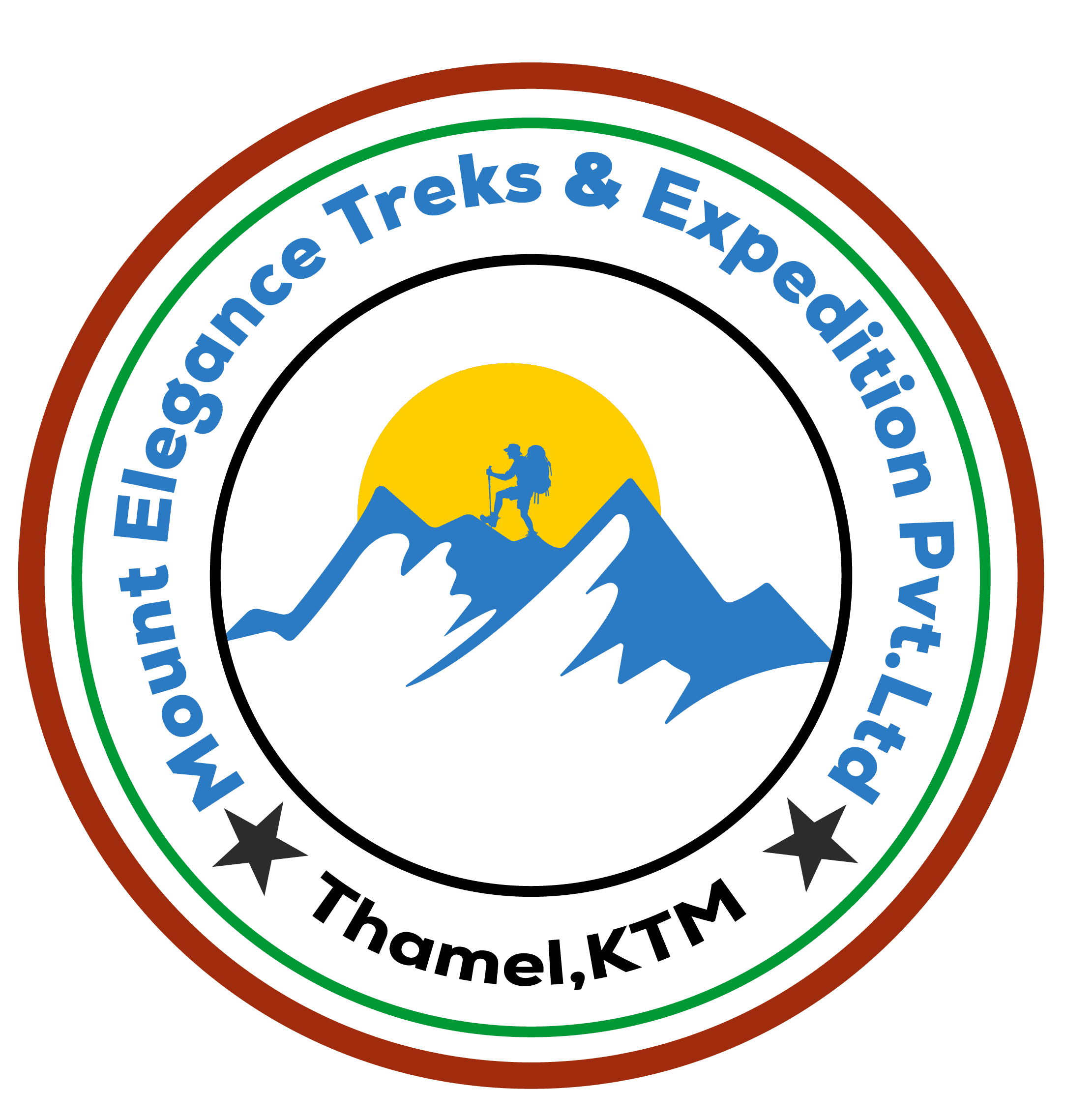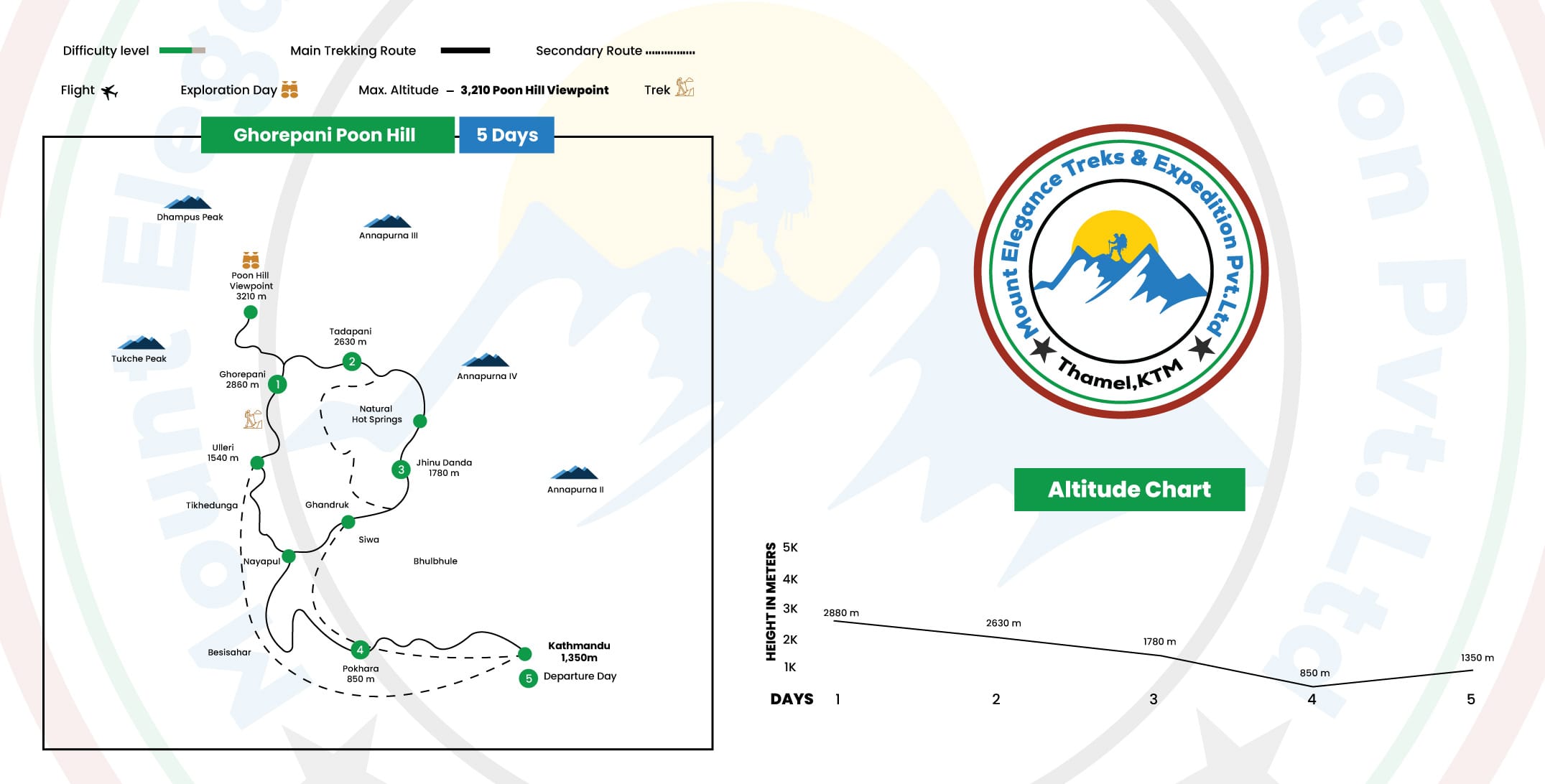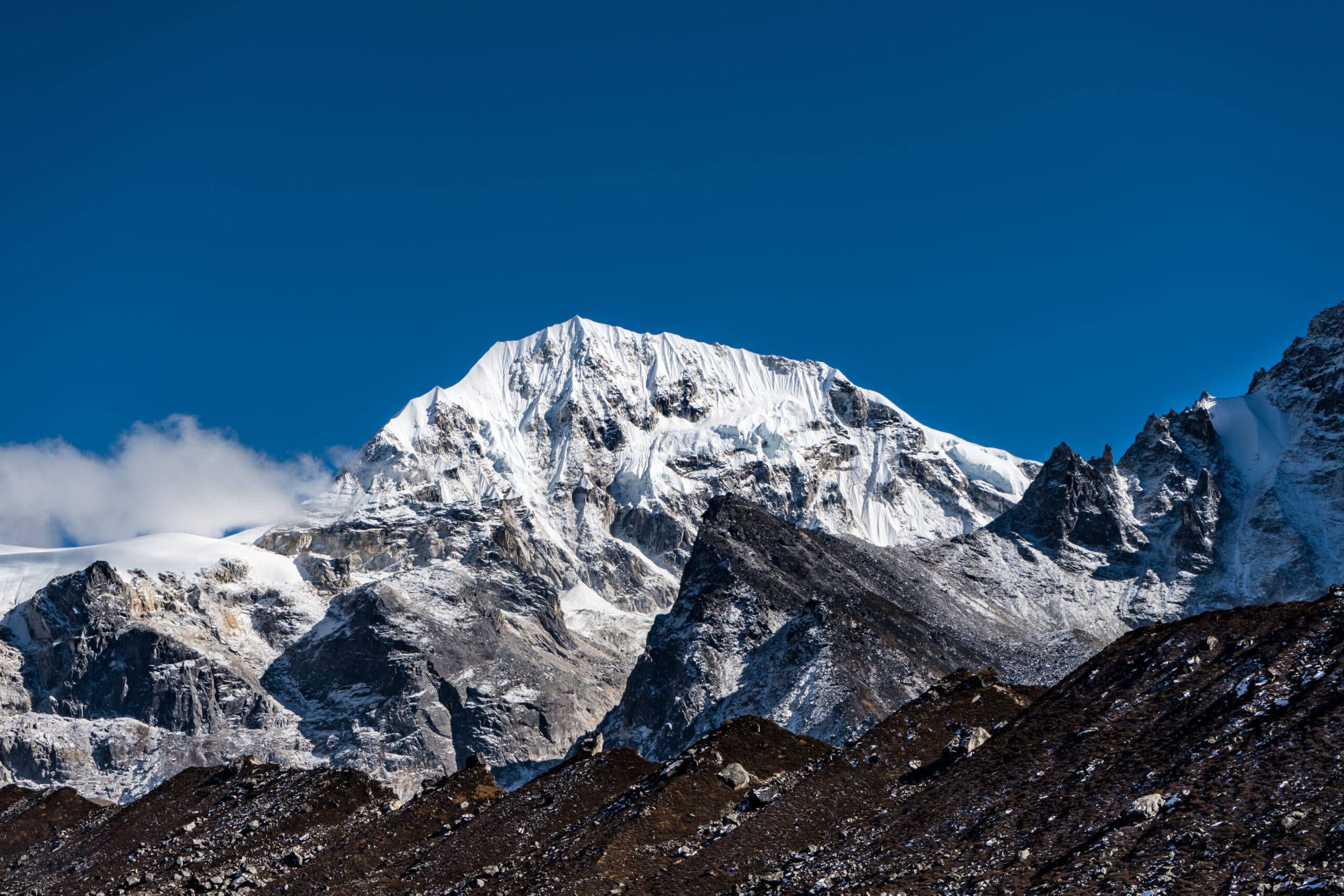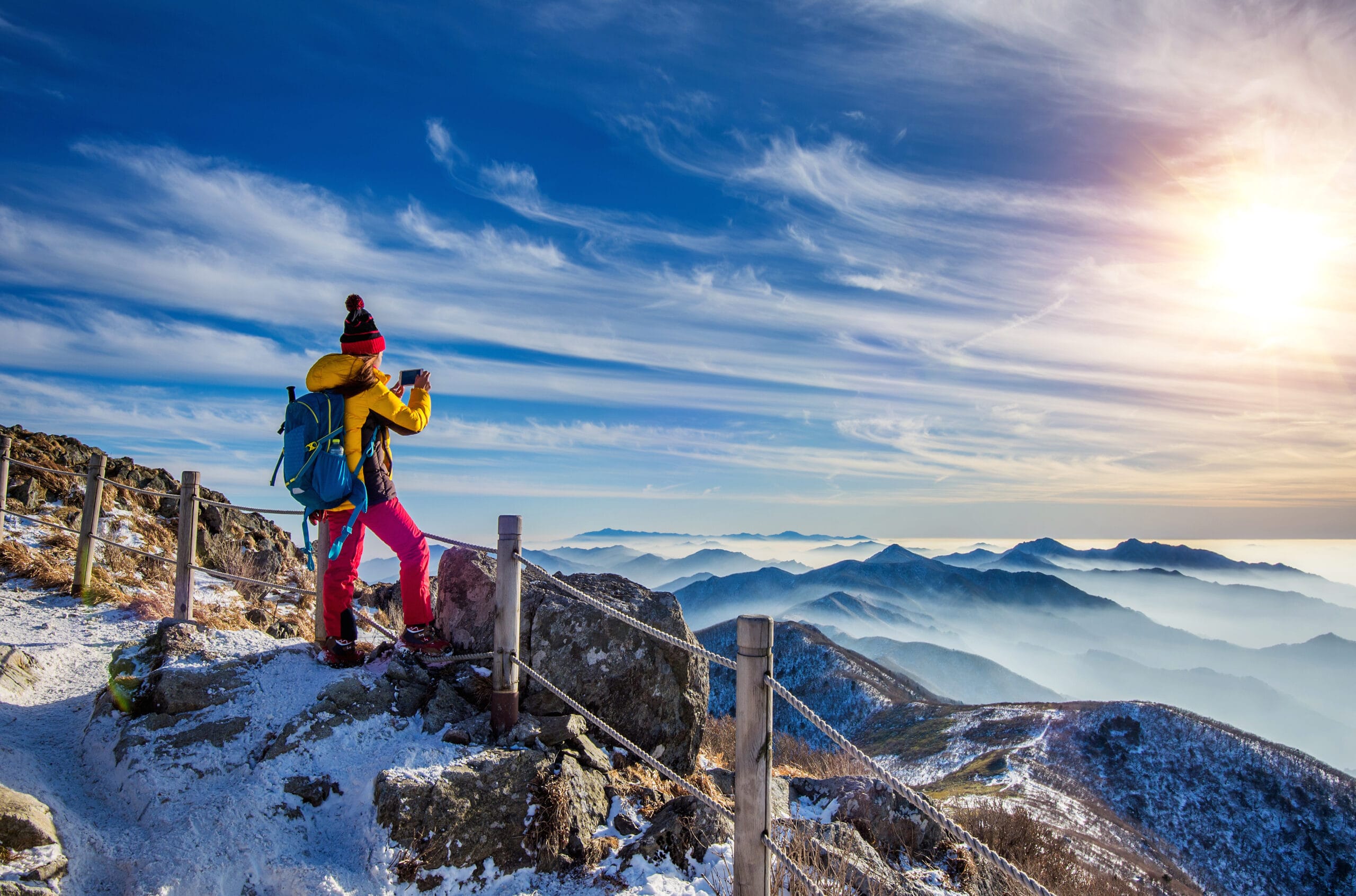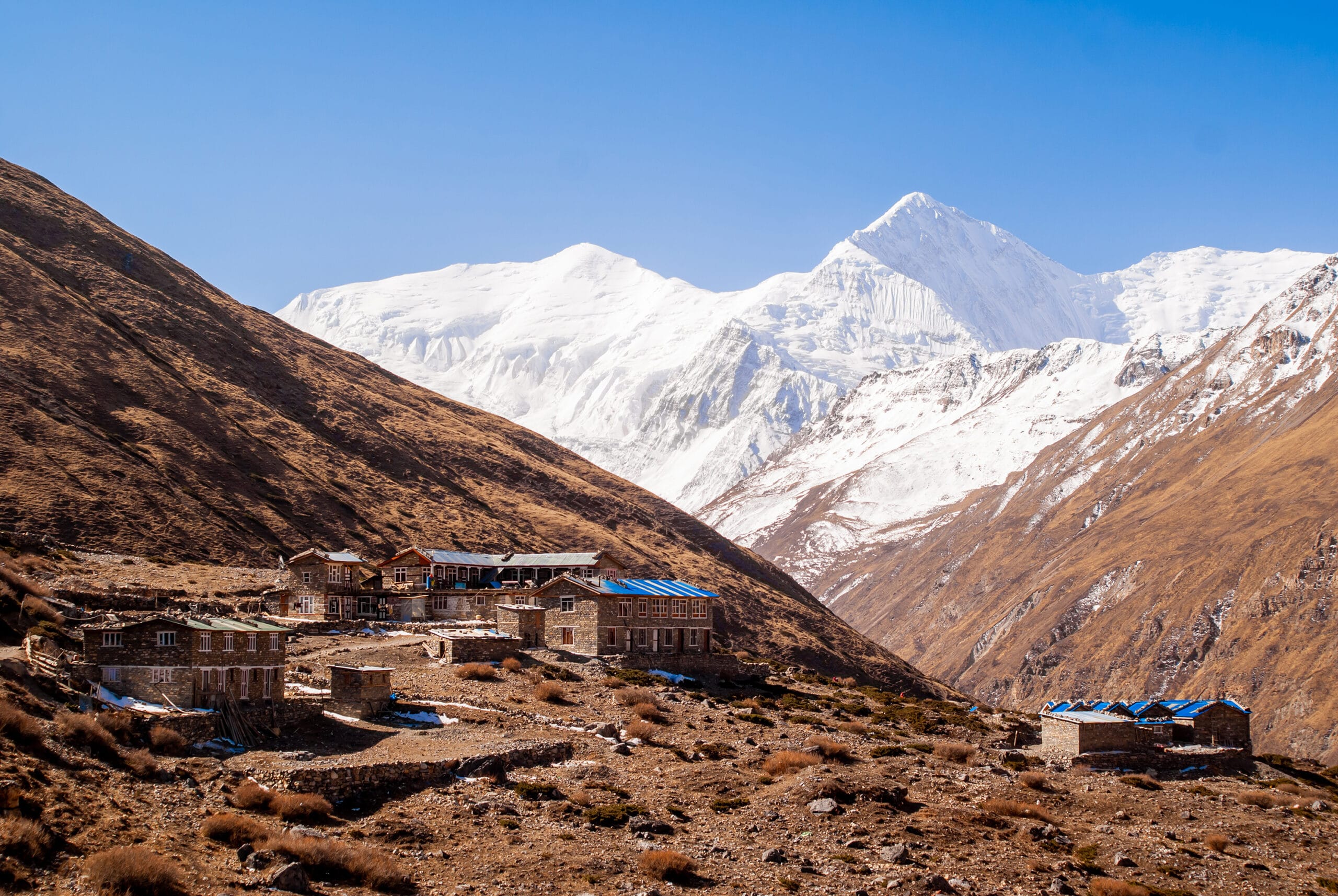Ghorepani PoonHill Trek- 8 Days
Best Season
Highest Altitude
Trip Overview
The Ghorepani PoonHill Trek is a delightful journey into the Annapurna region, offering a perfect blend of natural beauty, cultural richness, and panoramic mountain views. The 8-day Ghorepani PoonHill trek is one of the most popular and accessible treks in Nepal, making it an excellent choice for trekkers of all levels, including beginners and families. Eventually, trek takes you through charming Gurung and Magar villages, and lush rhododendron forests. The breathtaking views of some of the peaks like Annapurna South, Machapuchare (Fishtail), and Dhaulagiri is the highlight of this adventure.
Adventure of Pokhara
Ghorepani PoonHill trek adventure begins from the capital city of Kathmandu. From there, a scenic drive to Pokhara. Pokhara is known for its serene lakes and stunning mountain backdrop. From Pokhara, a short drive takes you to the starting point of the trek at Nayapul. The trail winds through picturesque villages like Tikhedhunga and Ulleri, where you can experience the warm hospitality of the local people and gain insight into their traditional way of life. As you ascend, the rhododendron forests come alive, especially in the spring when the blossoms create a vibrant tapestry of colors.
Journey to PoonHill
The highlight of the trek is the early morning hike to Poon Hill, situated at an altitude of 3,210 meters. Initially , vantage point offers one of the most spectacular sunrise views in the Himalayas. As the sun rises, the snow-capped peaks of the Annapurna and Dhaulagiri ranges are bathed in a golden glow. The panoramic view from Poon Hill is often described as one of the best in the world.
Cultural Exploration
As you continue this trek to the stunning scenery, the Ghorepani Poon Hill Trek also offers a rich cultural experience. Furthermore, you’ll have the opportunity to interact with the Gurung and Magar people, visit traditional mountain villages. Ultimately, the trek concludes with a descent through the beautiful village of Ghandruk, known for its stone houses, narrow alleyways, and rich cultural heritage.
This trek is not just about reaching a destination; it’s about enjoying every step of the journey, from the vibrant landscapes to the cultural encounters. The journey is perfect for those who want to experience the beauty of the Himalayas in a relatively short period. Additionally , it’s combination of stunning mountain vistas, rich cultural experiences, and accessible trails.
Trip Highlights:
- Poon Hill Sunrise: Witness the spectacular sunrise over the Annapurna and Dhaulagiri ranges from Poon Hill (3,210m).
- Charming Villages: Trek through traditional Gurung and Magar villages, experiencing their rich culture and hospitality.
- Rhododendron Forests: Walk through lush rhododendron forests that are in full bloom in spring.
- Pokhara: Enjoy the serene beauty of Pokhara, with its beautiful lakes and mountain views.
- Accommodation: Stay in comfortable teahouses during the trek; standard hotels in Kathmandu.
- Meals: Full-board meals (breakfast, lunch, and dinner) during the trek; breakfast in Kathmandu.
- Luggage: Porters provided for luggage transport (up to 15 kg per person).
- Internet/WiFi, Electricity, and Water: Available at most lodges along the trekking route (additional charges may apply); complimentary WiFi in Kathmandu hotels.
Essential Items:
- Base Layers: Thermal top and bottom
- Insulation: Fleece jacket and down jacket
- Outer Layer: Waterproof jacket and pants
- Trekking Clothes: Some pairs of trekking pants, quick-dry shirts
- Footwear: Trekking boots, camp shoes/sandals
- Headwear: Sun hat, warm hat, neck gaiter
- Hand-wear: Lightweight gloves, insulated gloves
Accessories: Sunglasses, sunscreen, lip balm , headlamp with extra batteries , trekking poles ,50-60L backpack + daypack
Personal Items: Hygiene essentials (toothbrush, toothpaste, wet wipes), Quick-dry towel ,Water bottle or hydration system (2L capacity) ,Snacks (energy bars, nuts)
Medical Kit: Personal medications, basic first aid, altitude sickness pills
Documents: Passport, trekking permits, travel insurance
Optional: Camera, power bank, Lightweight sleeping bag
Itinerary
Upon your arrival at Tribhuvan International Airport in Kathmandu, you will be warmly welcomed by our representative and transferred to your hotel. In the evening, there will be a short briefing session about the trek. You can spend the rest of the day exploring the vibrant streets of Thamel or resting at the hotel. Overnight stay in a hotel in Kathmandu with a welcome dinner included.
On this day, you’ll embark on a scenic drive from Kathmandu to Pokhara, which takes approximately 6-7 hours. As you travel along the Prithvi Highway, enjoy the stunning views of rivers, terraced fields, and rural villages. Upon reaching Pokhara, a lakeside city nestled beneath the towering Annapurna Range, you’ll have the rest of the day to explore. You can visit the serene Phewa Lake, enjoy a boat ride, or stroll along the lakeside, taking in the spectacular mountain views that Pokhara is famous for.
Today, you’ll drive from Pokhara to Tikhedhunga, which serves as the starting point of your trek. The adventure begins with a trek to the village of Ulleri, known for its steep stone steps and beautiful landscapes. From Ulleri, the trek continues uphill through rhododendron forests and terraced fields, eventually leading you to the village of Ghorepani. Ghorepani offers panoramic views of the Annapurna and Dhaulagiri ranges, setting the stage for the next day’s early morning hike.
Rise before dawn for a hike to Poon Hill, one of the most famous viewpoints in the Annapurna region. As the sun rises, it illuminates the snow-capped peaks of the Himalayas, offering breathtaking views of Annapurna, Dhaulagiri, and Machhapuchhre. After enjoying the stunning sunrise, you’ll descend to Ghorepani for breakfast and then continue trekking towards Tadapani. The trail takes you through dense forests, offering the chance to spot wildlife and enjoy the serenity of the mountains.
The day starts with a descent from Tadapani through lush forests and small settlements, gradually leading you to the village of Jhinu Danda. After reaching Jhinu, you’ll have the opportunity to relax in the nearby natural hot springs, located by the Modi Khola river. This rejuvenating experience is a perfect way to unwind after days of trekking, as you soak in the warm waters and enjoy the surrounding mountain scenery.
On this day, you’ll trek down from Jhinu Danda towards Siwa or Ghandruk Phedi, passing through terraced fields and traditional villages. After reaching Siwa, you’ll board a vehicle and drive back to Pokhara, making a brief stop at Nayapul. Upon arrival in Pokhara, you’ll have the rest of the day to relax or explore more of the city. You can visit the World Peace Pagoda, Devi’s Fall, or the International Mountain Museum to learn more about the region’s mountaineering history.
Today, you’ll bid farewell to the mountains as you embark on the drive back to Kathmandu. The journey offers another opportunity to admire the picturesque landscapes of rural Nepal. Upon arriving in Kathmandu, you can spend your final evening shopping for souvenirs.
On your final day, after breakfast, you’ll be transferred to Tribhuvan International Airport for your departure flight. Depending on your flight schedule, you may have some time to relax or explore more of Kathmandu. Take with you the unforgettable memories of your trekking adventure in the Annapurna region and the warmth of Nepali hospitality.
Book Now
Got A Question?

Mr. Shishir Dhakal
Price Inclusion
- Airport transfers in Kathmandu.
- Drive from Kathmandu to Pokhara and back in tourist bus.
- Accommodation in Kathmandu and Pokhara (3-star hotel) and teahouses during the trek.
- All meals (breakfast, lunch, and dinner) during the trek.
- Experienced English-speaking trekking guide and porters.
- Annapurna Conservation Area Permit (ACAP) and TIMS card.
- First aid medical kit.
- Comprehensive travel insurance.
Price Exclusion
- International airfare to and from Kathmandu.
- Nepal entry visa fees.
- Personal trekking equipment and gear.
- Tips for guides and porters.
- Extra expenses such as bar bills, laundry, and telephone charges.
- Travel insurance for personal loss, injury, or illness.
Additional Information
Trip Map
Meals and Accommodation on Ghorepani Poon Hill Trek
The Ghorepani Poon Hill Trek, an 8-day journey through the heart of the Annapurna region, offers trekkers an opportunity to experience authentic Nepali hospitality and delicious local cuisine. Accommodations are arranged in tea houses along the trail, while city stays in Kathmandu and Pokhara provide more modern comforts.
In Kathmandu and Pokhara, accommodations are in well-maintained tourist-standard hotels. These hotels offer air-conditioned rooms with ensuite bathrooms and complimentary breakfasts, ensuring a comfortable stay before and after the trek. The hotels also provide amenities such as Wi-Fi, cozy beds, and optional fine dining options, making them a relaxing retreat.
On the trail, teahouses serve as the primary accommodation option. These lodges offer twin-sharing rooms with basic amenities, including beds, blankets, and pillows. While the rooms are simple, they are clean and comfortable, providing much-needed rest after a day of trekking. Some tea houses may have shared bathrooms and offer hot showers and charging facilities for an additional fee. At lower altitudes, the accommodations tend to be slightly more developed, while higher elevations are more basic but welcoming.
Meals on the trek are prepared fresh and cater to the needs of trekkers, providing energy and comfort in the mountains. Breakfast options typically include porridge, Tibetan bread, eggs (boiled, fried, or scrambled), pancakes, and hot drinks like tea, coffee, or hot chocolate. Lunch and dinner menus feature hearty dishes such as Dal Bhat (a nutritious combination of rice, lentils, vegetables, and pickles), noodles, fried rice, pasta, momos (dumplings), and soups. Snacks like biscuits, chocolate bars, and fresh fruits are also available. These meals are cooked with locally sourced ingredients, reflecting the flavors of the region.
The Ghorepani Poon Hill Trek not only provides a memorable journey through diverse landscapes but also ensures trekkers are well-fed and comfortably housed. From the cozy tea houses nestled in scenic mountain villages to the rejuvenating city stays in Kathmandu and Pokhara, every aspect of the trek is designed to make your adventure as seamless and enjoyable as possible.
Best Season for Trekking
The best seasons for the Ghorepani Poon Hill Trek, like the Annapurna Base Camp Trek, are spring (March to May) and autumn (September to November). During these months, the weather is favorable, the views are spectacular, and the experience is enriched by vibrant nature and cultural elements.
Spring (March to May)
- Weather: Warm days with clear skies, cooler but manageable nights. This is an ideal season to enjoy blooming flora.
- Temperature:
- Lower regions (1,000m to 2,500m): 15°C to 25°C during the day, 5°C to 10°C at night.
- Higher regions (up to 3,210m, Poon Hill): 10°C to 20°C during the day, -5°C to 5°C at night.
- Highlights: Rhododendron forests are in full bloom, creating vibrant red and pink trails. The views from Poon Hill are stunning, showcasing Annapurna, Dhaulagiri, and other peaks under clear skies.
Autumn (September to November)
- Weather: Stable, with mild temperatures, clear skies, and dry air. This season offers the best mountain visibility.
- Temperature:
- Lower regions (1,000m to 2,500m): 15°C to 25°C during the day, 5°C to 10°C at night.
- Higher regions (up to 3,210m, Poon Hill): 10°C to 20°C during the day, -5°C to 5°C at night.
- Highlights: Clear post-monsoon air makes for excellent mountain views, and the greenery adds vibrancy to the landscape. Cultural festivals like Dashain and Tihar bring a festive atmosphere to local villages.
Winter (December to February)
- Weather: Colder temperatures with occasional snow at higher altitudes, but generally clear skies.
- Temperature:
- Lower regions (1,000m to 2,500m): 10°C to 15°C during the day, 0°C to 5°C at night.
- Higher regions (up to 3,210m, Poon Hill): -5°C to 5°C during the day, -10°C to -5°C at night.
- Challenges: Cold temperatures and snow can make trails more challenging. Suitable for those prepared for winter trekking conditions.
Monsoon/Summer (June to August)
- Weather: Humid with frequent heavy rainfall, making trails slippery and visibility low.
- Temperature:
- Lower regions (1,000m to 2,500m): 20°C to 30°C during the day, 10°C to 20°C at night.
- Higher regions (up to 3,210m, Poon Hill): 15°C to 20°C during the day, 5°C to 10°C at night.
- Challenges: Rain, leeches, and slippery paths can make trekking less enjoyable. However, lush greenery and fewer crowds can make it rewarding for those seeking a quieter experience.
Equipment Checklist
Trekking in Nepal is an incredible adventure, taking you through diverse landscapes, from lush forests to rugged mountain trails. To fully enjoy the experience, it’s crucial to pack the right equipment. Here’s an essential checklist to help you prepare for your trek, ensuring you’re ready for the challenges and beauty of the Himalayas.
1. Clothing
- Base Layers: Moisture-wicking base layers (thermal tops and bottoms) are essential for regulating your body temperature. Opt for lightweight, breathable materials.
- Mid Layers: Fleece jackets or lightweight down jackets provide warmth in colder temperatures. These layers should be easy to add or remove as needed.
- Outer Layers: A waterproof and windproof jacket is essential to protect against rain, wind, and snow. Make sure it’s breathable to stay comfortable during strenuous activities.
- Trekking Pants: Lightweight, quick-drying pants are ideal. Consider packing thermal pants for colder regions or seasons.
- Gloves, Hats, and Buffs: Warm gloves, a woolen hat, and a buff or neck gaiter help protect against the cold at high altitudes.
- Trekking Socks: High-quality, moisture-wicking socks (at least three pairs) are crucial to prevent blisters and keep your feet dry.
2. Footwear
- Trekking Boots: Sturdy, well-fitted, and waterproof trekking boots with good ankle support are essential. Break them in before your trek to avoid blisters.
- Sandals or Camp Shoes: Lightweight sandals or camp shoes for relaxing at tea houses or lodges after a long day of trekking.
3. Backpack and Storage
- Daypack (20-30 liters): A small, comfortable daypack with rain cover to carry essentials like water, snacks, camera, and extra layers.
- Duffel Bag (60-80 liters): For your main gear, use a durable, waterproof duffel bag that will be carried by porters.
- Dry Bags or Ziplock Bags: For protecting electronics, documents, and clothes from moisture.
4. Trekking Gear
- Trekking Poles: Adjustable trekking poles reduce the strain on your knees, especially during steep descents.
- Headlamp with Extra Batteries: Essential for early morning starts, late finishes, or use in lodges where electricity may be limited.
- Water Bottles and Purification: Carry reusable water bottles and purification tablets or a water filter to ensure safe drinking water.
- Sleeping Bag: A four-season sleeping bag rated for temperatures as low as -10°C to -15°C is recommended for high-altitude treks.
5. Health and First Aid
- Personal First Aid Kit: Include essentials like band-aids, antiseptic wipes, blister treatment, pain relievers, and any personal medications.
- Sunscreen and Lip Balm: High SPF sunscreen and lip balm are essential to protect against strong UV rays at high altitudes.
- Hand Sanitizer and Wet Wipes: Useful for maintaining hygiene when water is limited.
- Altitude Sickness Medication: Consult your doctor about medications like Diamox for preventing altitude sickness.
6. Personal Items and Extras
- Snacks and Energy Bars: Pack lightweight, high-energy snacks for a quick boost on the trail.
- Sunglasses with UV Protection: Essential for protecting your eyes from the intense sunlight and snow glare at high altitudes.
- Camera or Smartphone: To capture the breathtaking scenery. Don’t forget extra batteries or a portable charger.
- Personal Toiletries: Include biodegradable soap, toothbrush, toothpaste, and a small towel.
- Cash: Carry enough local currency for expenses along the trail, as ATMs are not available in remote areas.
7. Documents
- Passport and Visa: Carry your passport, visa, and photocopies in a waterproof pouch.
- Permits: Obtain trekking permits such as the TIMS card and national park or conservation area permits, depending on your route.
- Travel Insurance Details: Ensure you have comprehensive travel insurance covering high-altitude trekking, emergency evacuations, and medical expenses.
Final Tips
- Pack Light: Try to keep your backpack under 10-15 kg. The lighter your pack, the more enjoyable your trek will be.
- Layer Up: Layering is key for comfort in Nepal’s changing weather conditions. Bring versatile clothing that can be easily added or removed.
- Double-Check Your Gear: Before you set off, double-check that you have all the essentials. Missing a crucial item could make your trek less comfortable or even dangerous.
